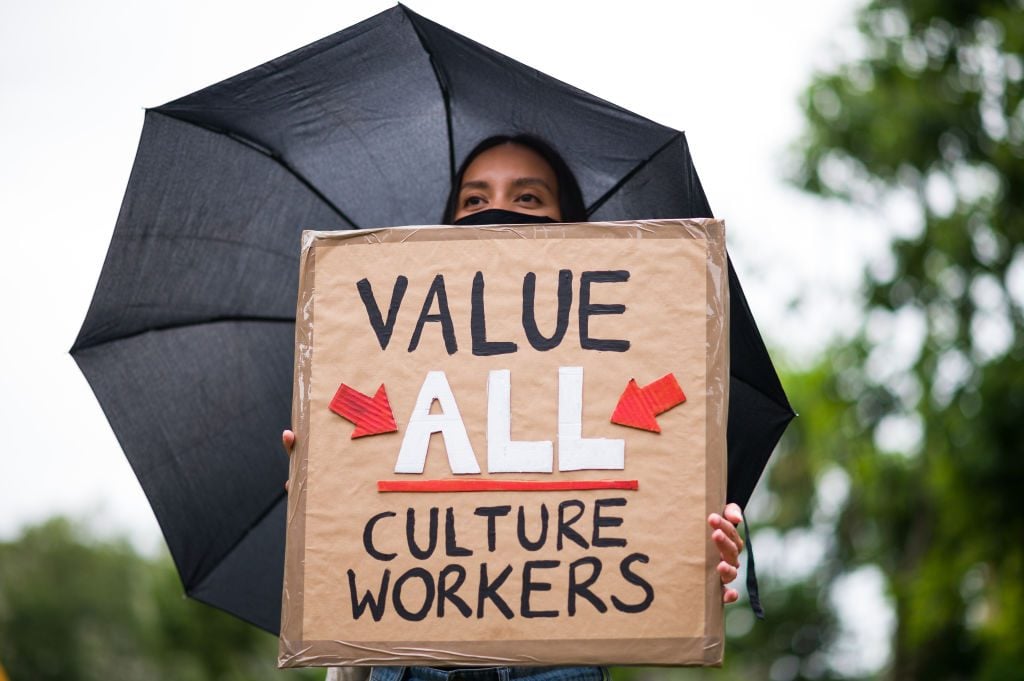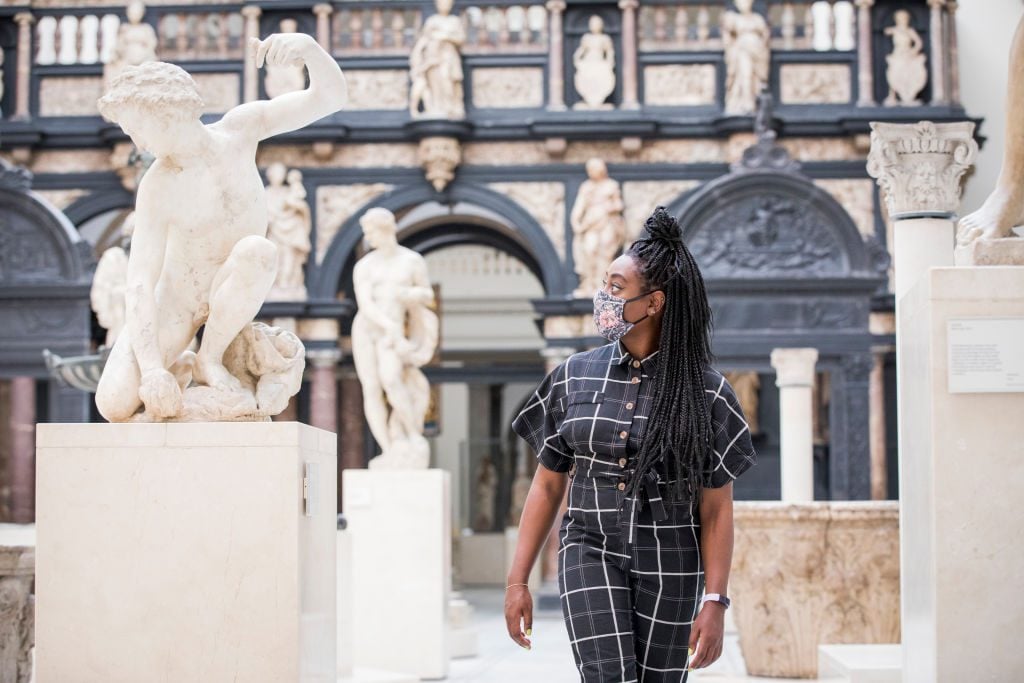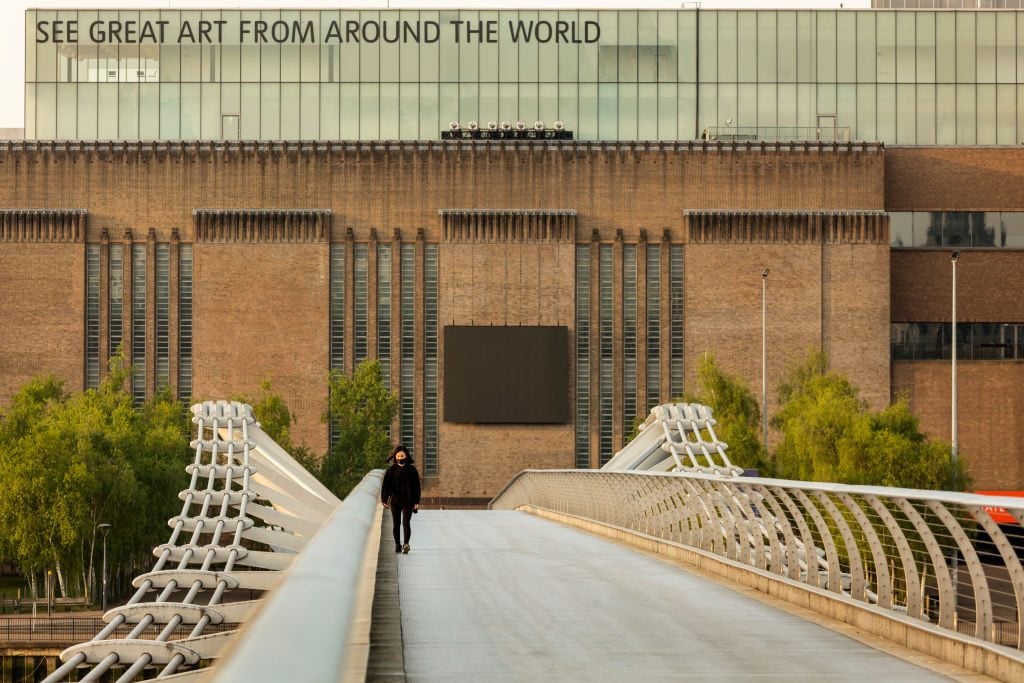Art World
As Museums in England Go Dark Again, Culture Workers Brace for the Financial Crush of Another Lockdown
The country never fully recovered from the impact of the first lockdown earlier this year.

The country never fully recovered from the impact of the first lockdown earlier this year.

Naomi Rea

As England settles into its second national lockdown, the future of the nation’s museums has once again been thrust into uncertainty, and culture workers are still feeling the brunt of the burden.
Although the government has promised to extend its Job Retention Scheme, which subsidizes 80 percent of the wages of furloughed staff (up to a maximum of £2,500 a month), through March 2021, the announcement came too late for many workers who were already laid off in anticipation of the program ending in October, as was originally intended.
The chancellor of the exchequer, Rishi Sunak, has given permission for businesses to rehire and furlough staff to mitigate the problem, but institutions have been slow to take up the offer.

A staff member at the V&A before it temporarily reopened after 140 days of lockdown, the longest period of closure in the museum’s history. Photo by Tristan Fewings/Tristan Fewings/Getty Images for The V&A.
More than 1,000 people have signed a petition asking the Southbank Centre in London to rehire and furlough the staff it let go this fall. A spokesperson from the institution tells Artnet News that the arts center, which has lost around £25 million of expected income (around half its annual budget), has recently laid off 322 employees, but that it was waiting for further guidance from the government before making any further decisions.
After the first lockdown, Tate anticipated a £50 million shortfall in self-generated income, and announced plans to cut more than 300 workers. A spokesperson for the museum said it is “too early” to say how the second closure will impact that number.
Elsewhere, at the Victoria & Albert Museum, institutional leaders announced in September that they were considering cutting 10 percent of the workforce, or around 100 employees, in an effort to reduce spending by at least £10 million annually.

A woman walks past the Tate Modern in London. Photo by Barry Lewis/InPictures via Getty Images.
Amid the financial ruin wrought by the first wave of forced closures, between March and July, the government’s department of digital, culture, media, and sport, launched a £1.57 billion ($1.9 billion) Culture Recovery Fund.
Since it was announced in July, it has awarded more than £427 million to cultural organizations around the UK through bodies including the Arts Council England and the National Lottery Heritage Fund.
Still, not every institution has been able to take full advantage of the resources. The Royal Academy is currently considering laying off around 100 staff members after its application to the Culture Recovery Fund failed.
“We will not be given any financial support from the fund,” a spokesperson told the Art Newspaper this week.
Although the government has held back £258 million to support the sector throughout the rest of the financial year, which ends in April 2021, a spokesperson for the department of digital, culture, media, and sport, did not comment on whether the government plans to offer a second bailout.